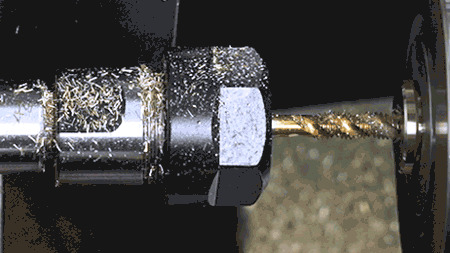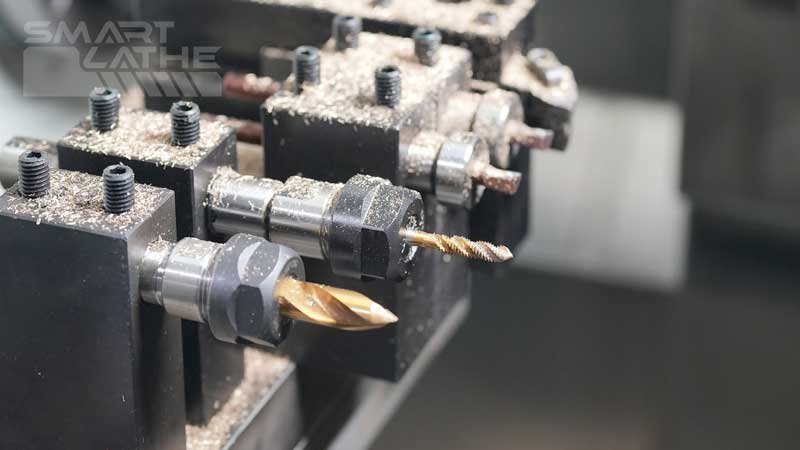What is a tapping protector and what does it do?
1. Function of Tapping Protectors
Prevent Tap Breakage: Through specific design and materials, tapping protectors can reduce the risk of tap breakage during high-speed rotation or excessive pressure.
Protect Threads or Metal Components: During tapping, tapping protectors effectively shield threads or metal components from damage caused by improper operation or excessive force.
Improve Work Efficiency: By reducing failures and enhancing operational stability, tapping protectors can help improve work efficiency and decrease the time and costs associated with frequent tap replacements or repairs.
Tapping protectors are widely applicable to various tapping machines, including electric and pneumatic tapping machines.
2. Role of Tapping Protectors
When tapping deep threads, tapping protectors ensure that the tap does not break due to torque during reverse rotation, and they help prevent thread damage.
For deep tapping, flexible floating taps should be selected. The tapping protector can compensate for the stretching direction by adjusting the extension stroke, reducing torque during reverse rotation, increasing quality and precision, and ensuring the tap does not break.
The compression compensation of the telescoping rod can be adjusted to ensure that there is no thread damage or issues with the stop gauge.
For deep tapping, extension rods can be installed, which come with positioning screws and can also have a water nozzle installed.
3. Differences between Flat Tail and Rear Pull Types:
Flat tail holders typically use a nut to compress the tool holder body for clamping, making them suitable for situations requiring easy replacement and strong interchangeability. The advantages of flat tail holders include convenient replacement, strong compatibility, and the ability to meet various processing size requirements. Additionally, flat tail holders have relatively high precision and clamping force, providing good processing accuracy and stability.
Rear pull holders use a rear pull collet and rear pull screws to clamp the tool. This design does not use a nut, making the locking of the holder more convenient and secure. Rear pull holders are suitable for high-speed cutting machines, characterized by the presence of upper through holes, lower through holes, and connecting holes, allowing for the clamping of tools via locking bolts. The advantages of rear pull holders include a simple locking structure, ease of operation, and excellent protection of the spindle and tools at high speeds, extending their lifespan.
4. Tapping Protectors Used in Electric and Pneumatic Tapping Machines
The tool holder used will have an overload protection collet, functioning similarly to the tapping protector; it adjusts torque, increasing torque clockwise and decreasing it counterclockwise.
During processing, if torque increases, the tool holder will rotate freely, effectively protecting the tap and extending its lifespan. The torque will also vary to provide overload protection.





